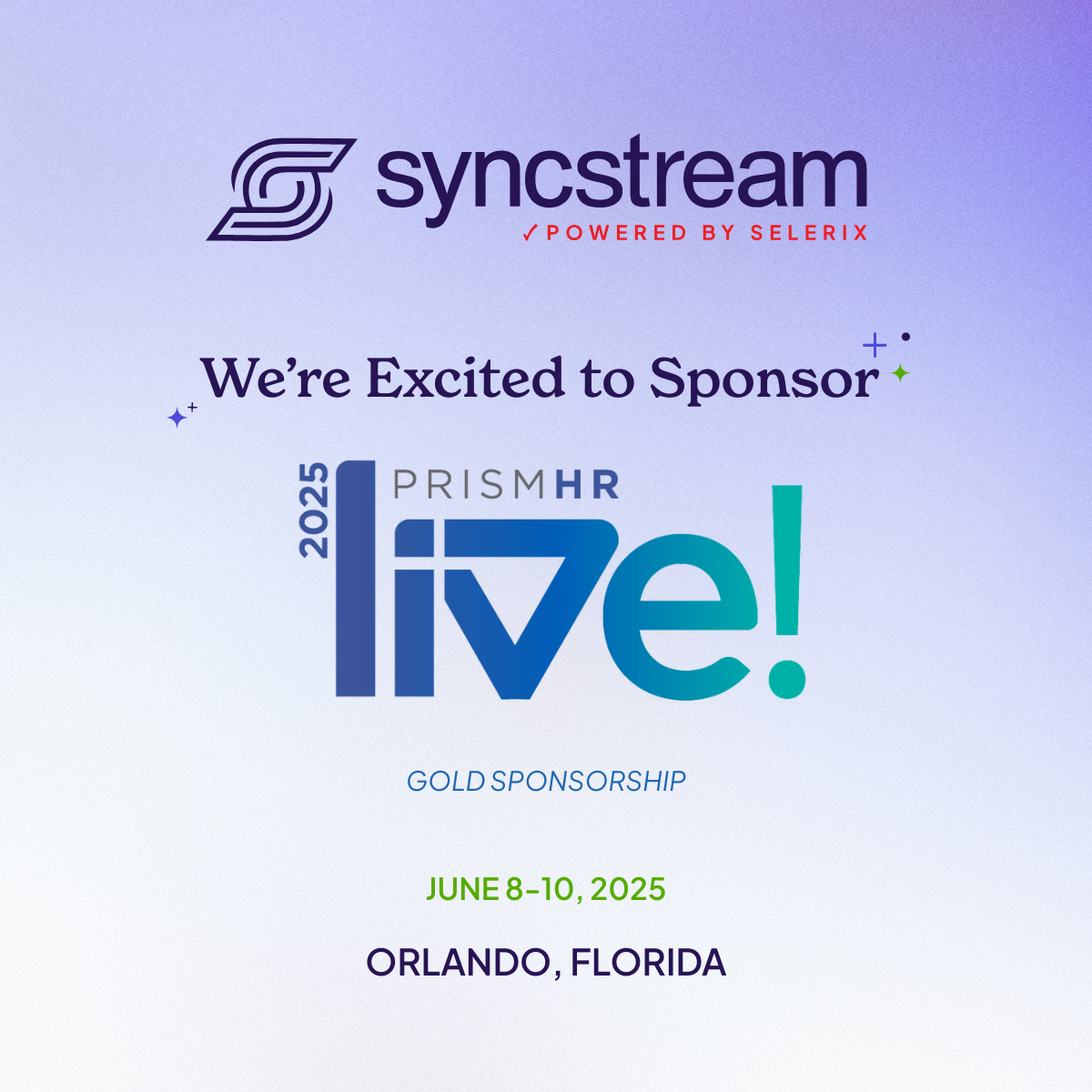The FMLA and ACA: The price employers pay for being ‘off’ in their reporting
When it comes to taking action against businesses that failed to comply with the Affordable Care Act (ACA), the IRS means business.
Of course, if the penalty letters – Letter 226-J – being sent out to employers who didn’t comply with regulations aren’t enough to convince you of the seriousness of the situation, then perhaps the knowledge that letters for 2016 are being prepared to ship out is proof that employer shared responsibility payments (ESRPs) aren’t going away.
If you’re an applicable large employer (ALE), you should be doing everything in your power to avoid paying undesirable ACA penalties. It starts with staying up to date on reporting the hours of your employees.
Unfortunately, while this should be easy enough to do (so long as you’re putting in the time and energy required), complications are bound to arise if you fail to track employee hours properly. Oftentimes, this tends to happen when dealing with irregular employee schedules or leaves of absence. This is where the Family and Medical Leave Act (FMLA) might come into play and throw a curveball in reporting and compliance.
What is the FMLA?
The FMLA is a federal law passed by Congress in 1993 to protect employees and their job status if they go on leave for certain qualified reasons (e.g., paternity or maternity leave).
Other reasons include certain serious medical conditions and treatments that might cause a person to miss work. This law protects employees from being fired or passed over for a promotion for being absent from work. And, as it turns out, the FMLA also has an effect on ACA compliance.
How the FMLA is tied to the ACA
The FMLA relates to the ACA in that it extends the rules protecting employees and ties them into the employee tracking parameters. While this might not be the biggest piece of ACA compliance, it is among the most important factors because it affects how employers accurately track the hours of service worked by their employees.
If this idea feels familiar, it’s because the premise is the same as how things are done in education, where schools account for “breaks in service” for teachers.
The way to properly track for the FMLA
If an employee works an average of 30 hours per week, they’re considered full-time under the ACA. Therefore, per ACA rules, they’re required to be offered healthcare. However, the tracking process for deciding full-time employment status can get complicated when taking into account paid or unpaid leaves.
Under the FMLA, employees are allotted up to 12 weeks of qualified leave for a one-year period. For example, say an employee works for a company that uses the look-back method for tracking full-time employment status. In this situation, the employee works 1,400 hours over a 46-week period, taking six weeks of unpaid leave. If the employer included those six weeks in the tracking (1,400 hours over 52 weeks), the employee would be recorded as only working about 27 hours per week, meaning they do not reach the 30-hours-per-week qualification for full-time employment status. However, per the FMLA guidelines, an employer cannot hold this missed time against an employee.
In this example, under the FMLA, the employer must track the employee in one of the following two ways:
- Only count the time an employee worked: Take the number of hours an employee works (in this case 1,400) and divide it by the actual number of weeks (46). In this case, the employee would work an average of 30.4 hours per week, enough to qualify for full-time employment.
- Credit the employee with an average number of hours worked: Using the above example, the employee worked an average of 30.4 hours. Take that average and multiply by the number of weeks of leave (six) to get 182.4. Then add this number to the 1,400 hours worked and divide it by 52 weeks. In the end, the employee would still average 30.4 hours per week, qualifying them for full-time employment status.
The ACA and FMLA have an employee’s best interests at heart, and employers need to adhere to the corresponding requirements. The best thing an employer can do, to avoid one heavy penalty after another, is accurately track employee working hours. When it comes to the FMLA, making sure to leave the missed time off the calculations is a good place to start.




